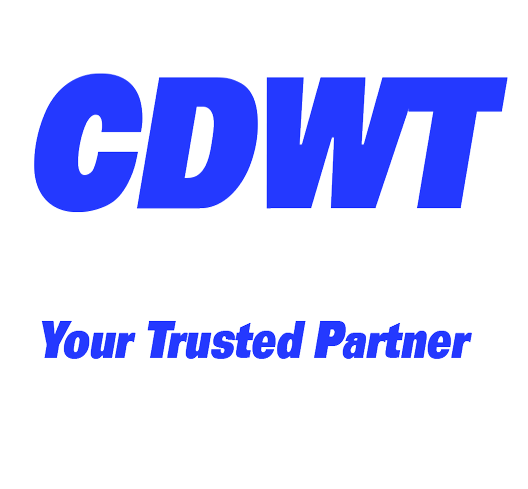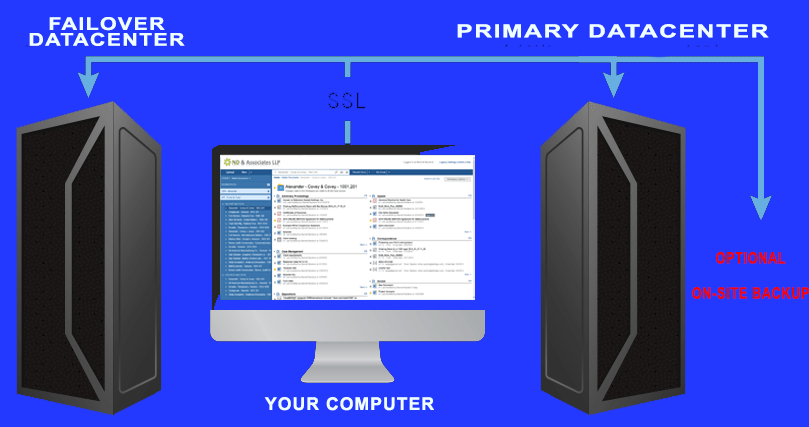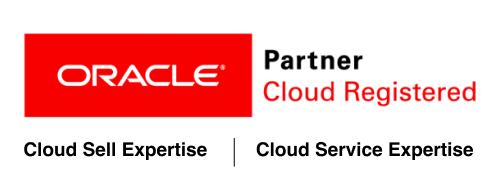
Disaster Recovery-as-a–Service ( DRaaS)
Ensure continuous business continuity and data security for all corporate workloads running on intelligent cloud platforms
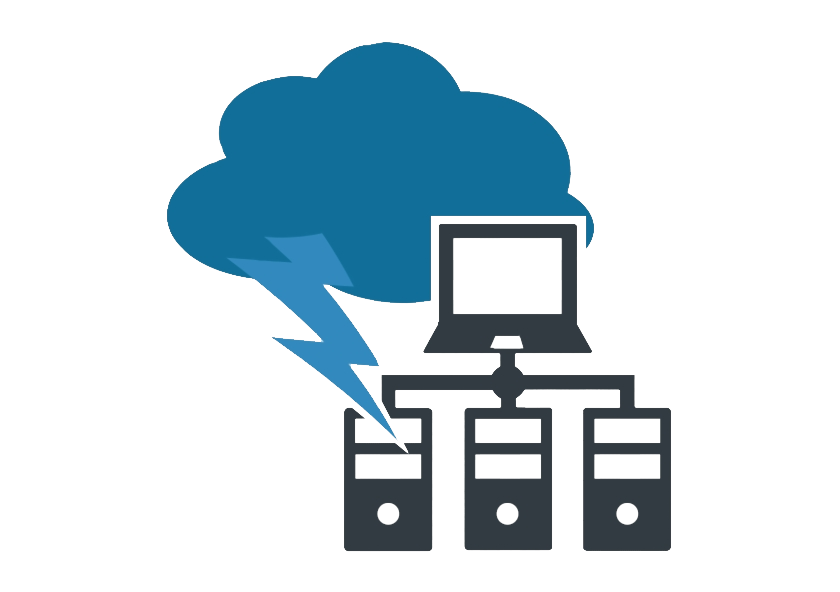
CDWT's Disaster Recovery as a Service – Cloud-Based Enterprise Continuity and Data Recovery
Disaster Recovery as a Service is the replication of physical or virtual server hosting by a third party in order to provide quick recovery with zero data loss in the case of a man-made or natural disaster. CDWT’s DRaaS approach, powered by any hyperscaler or private, hybrid, or multi-cloud of choice, is founded on an innovative 4-way Disaster Recovery architecture that enhances business continuity and security. It is economical and provides the best-in-class advantages compared to many conventional models.
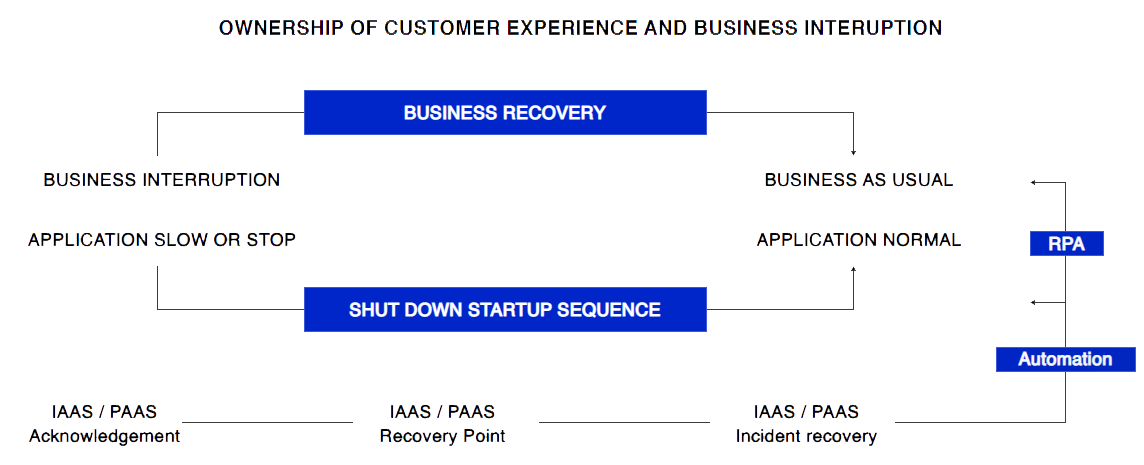
Create a Disaster Recovery Solution that is suited to the IT systems, workloads, and dataflows of the business.
Recovery as a Service is essential for company continuity. No company should begin operations without a failsafe plan to sustain operations even amid catastrophic events. DRaaS is useful in this situation because it enables enterprises to back up their data and IT infrastructure in a distinct cloud computing environment housed in various datacenters with automatic data replication, monitoring, and copying between these locations. DRaaS often prioritises a brief recovery point aim. In the event of a natural or man-made catastrophe, data is restored to the most recent “current” point feasible.
Recovery after a catastrophe is essential for company continuation. There are a variety of global occurrences that may interrupt your activities and impede the progression of your firm, including:
- Natural catastrophes
- Cyberattacks
- Terrorist attacks
- Equipment failures and power outages
CDWT Disaster Recovery services are designed to provide the highest level of availability, and near-zero downtime is implemented to ensure zero data loss and inconvenience. The DRaaS solution is cost-effective and provides superior advantages to many existing methods. Through CDWT DRaaS, you’ll also eliminate additional costs like as purchasing and licencing servers, hardware, and software.
DRaaS Solution: Significant advantages
High-Speed Recuperation
Recovery Management and Rapidest Activation
Compliant DRaaS Platform Protection
Negligible Data Loss
At Regular Intervals, Non-Invasive DR Testing
Visibility Into Your Entire Server And Backup Environments
Invest in the Right DR Strategy: Why Design it in the Cloud as opposed to on-premises?
Evaluate Infrastructure
Assess your present environment and determine requiremtents.
Develop Strategy
Determine the most suitable strategies, services, and resources to address the demand.
Implement and Examine
Deploy cloud services and guarantee a dependable and speedy recovery.
Protect Your Mission-Core Applications
Cloud Disaster Recovery services provide the highest level of security and compliance with regard to cryptographic techniques, key management, and data encryption. To secure mission-critical applications, CDWT and our team of professionals implement the procedures and tools required by the Cloud platform (AWS, Azure, Oracle, or GCP).
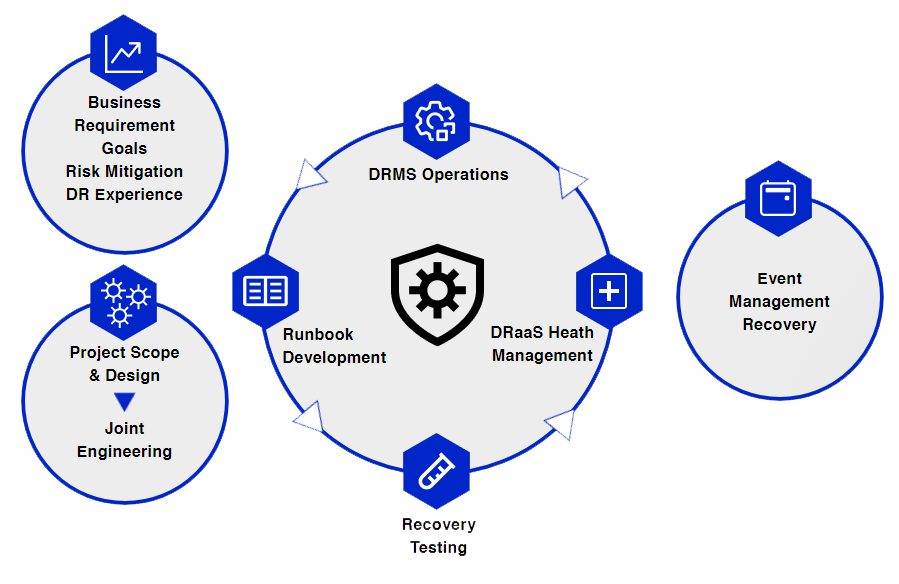
Lower Downtime
DRaaS will lower the risk of downtime and data loss for mission-critical business operations. The solution also provides advanced features that will result in minimum data loss when the system experiences this problem.
Avoid Data Loss
Rarely are businesses that have suffered data loss able to continue operations. However, with CDWT's customised Catastrophe Recovery Strategy, even the tiniest amount of data will not be lost in the event of a disaster, and your company will continue as usual.
Business Continuity
Business disruptions hinder company expansion, productivity, and customer service. Regardless of the size of the crisis a company faces, robust disaster recovery solutions aid in maintaining business continuity.
Lower Capex
Whether the service is hosted on Google, AWS, Oracle, or Azure, CDWT's DR Solutions combine cost-effective solutions with high-quality service for a major reason. Our knowledge also provides businesses with the benefit of the pay-per-use approach. Thus, businesses may better monitor their budgets and avoid making needless purchases, such as purchasing the whole suite.
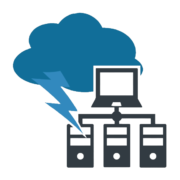



DRaaS
Implementations of CDWT's Advanced Disaster Recovery as a Service (DRaaS) Backed by Global Hyperscaler Cloud Platforms
The most effective DRaaS solution for every firm would be the one that meets their individual requirements. Before deciding on a DRaaS provider, it is important to evaluate factors like budget, scale of operations, and pricing policies. After all, you would only want the finest protection in any situation.
CDWT is renowned for providing the finest cloud-based disaster recovery solutions. We collaborate with the world’s leading Cloud Providers, including AWS, Azure, GCP, and Oracle, to aid in the creation of a DRaaS architecture based on your individual needs.
Select your DR and BCP strategy with care.
- Hot Disaster Recovery
- Warm Disaster Recovery
- Cold Hot Disaster Recovery
- Backup as a Service & Restore


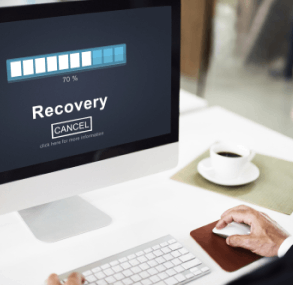





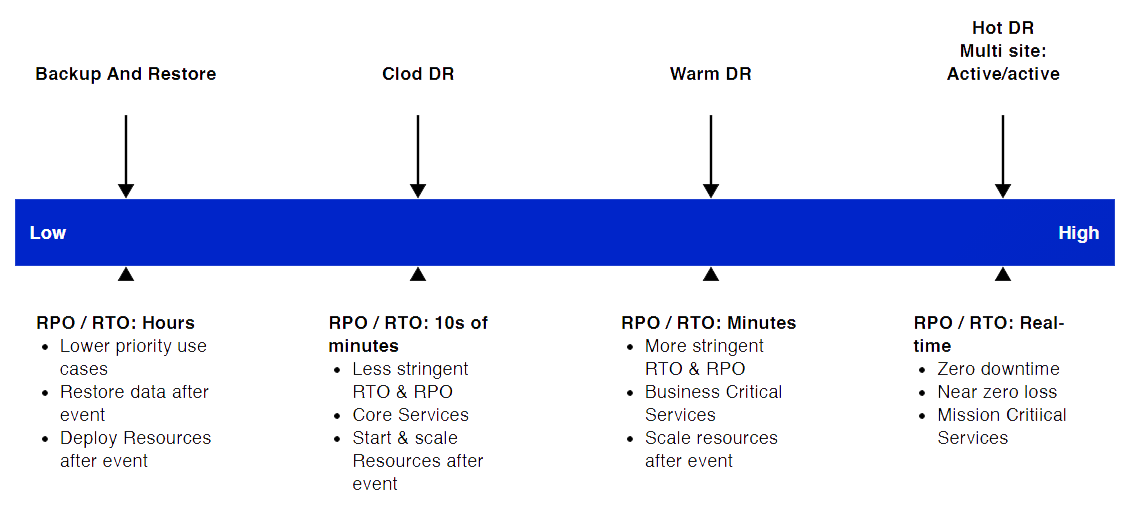
Selecting the Appropriate DRaaS Management Model: Why Choose Fully Managed Services
Before deciding on the platform and service provider for disaster recovery solutions, you must be familiar with the primary models and choose which one fits your needs the best. This comparison table will inform you as to why the majority of contemporary businesses choose the fully managed DRaaS strategy.
Managed DRaaS
- A third party assumes all duties for catastrophe recovery.
- Invests more than other DRaaS models, but satisfies all your specific company needs
- Recovery SLA is tailored to the specific business needs
- In the event of an incident, the supplier is liable for recovery.
Assisted DRaaS
- A portion of the tasks are handled by the organisation and the remainder by a third-party provider.
- Compared to assisted DRaaS, less resources are needed. Managing the model may become costly in the future.
- Assisted DRaaS does not provide recovery services. SLA
- The customer is responsible for disaster recovery, however the service provider may assist if the IT staff is unavailable.
Self-service DRaaS
- The organisation handles all catastrophe recovery duties.
- Expensive since the corporation must put up all IT team provisions on its own.
- Recovery SLA is dependent on IT staff availability.
- During an incident, the customer is responsible for recovery.




DRaaS
Expertise with Cloud Native Disaster Recovery as a Service
A Z U R E
Azure Backup
Streamlining data protection at cost-effective returns
Azure Site Recovery
Designing and running a cloud-native DRaaS
Azure Archive Storage
Archive databases on the cloud at economical prices
A W S
CloudEndure
Minimizes downtime and data loss with the quick, dependable recovery of on-premises and cloud-based applications through the use of inexpensive storage, little computing, and point-in-time recovery.
AWS DataSync
Amazon S3 Lifecycle Management Policy replicates files into Amazon Simple Storage Service (Amazon S3) for online copies that may be archived to Amazon S3 Glacier.
AWS Storage Gateway
Establishes a link between on-premises settings and Amazon Web Services. After backup data is delivered to the on-premises system, production is resumed during downtime.
G C P
Actifio GO
Google data backup and recovery SaaS product that delivers centralised, application-consistent security for on-premises and Google Cloud environments and apps.
Compute Engine
Google's infrastructure provides a secure and modifiable computing solution that allows you to design and operate virtual machines.
Google Cloud Deployment Manager
This service simplifies the development and maintenance of Google Cloud infrastructure resources.
Cloud Data Loss Prevention
A fully managed solution designed to aid in discovering, classifying, and securing all key data and processes.
O R A C L E C L O U D
Data Guard
Provides high availability, complete data protection, and disaster recovery for mission-critical data by deploying several synchronised clones of a production database in physically distinct locations.
Oracle Recovery Manager (RMAN)
Provides a complete basis for on-time Oracle Database backups, recovery, and migration.
Object Storage
Objects are duplicated automatically across fault domains or availability domains.
Automated Disaster Recovery Solutions
The Azure DRaaS Model from CDWT provides you with customised, multi-tenant software that is connected with our managed services platform. You will also benefit from completely customised application orchestration, cloud-based database recovery, and business disaster recovery.
Using automated switchovers and DR exercises, CDWT enables clients to manage and monitor application recovery. You may also activate the DR capability and conduct the associated actions, such as a DR exercise or real failover testing. Through these features, it is also possible to guarantee that all tools are updated whenever new Azure features are introduced.
Consulting Services for BCP and DR Strategy Design
The CDWT team collaborates with company owners to evaluate their present situation and determine the optimal BCP and DR strategy for their diverse workloads.
- Existing condition analysis
- Architectural design
- Evidence Of Concept
- Plan and design architecture for high availability
Replication support
- Commvault Replication
- AWS/GCP/Azure/Oracle Centralized Cloud Backup
- Leverage cloud-native and third-party tools (market leaders)
Total Ownership
- Implementation
- administer Entry Applications
- Evaluations
- Efficiency Tuning
- Constructed a High Availability Architecture
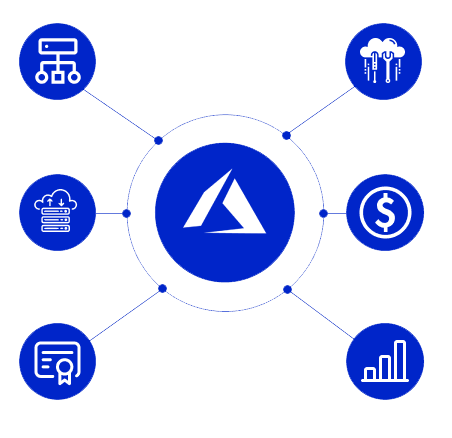

End-to-end Managed Services
- 24/7 monitoring of DR set-up with ownership of DR SLA
- Focused and efficient delivery from technologies/services based centres of Excellence
Replication support
- Azure Site Recovery (ASR), Azure Native, and Market-leading Third-Party Instruments
Continuous Improvement
- Effective Change and Learning Management
- 2 Drills every year with DR event simulation




DRaaS
Compliance and Security During Disaster Recovery
Crisis Recovery is a complicated and multifaceted process, and during a disaster, all of your resources and efforts are focused on ensuring a swift and full recovery. Nevertheless, security assaults and data breaches are more likely to occur when you are most susceptible. For this reason, it is of the utmost significance that systems and data are always secure (at rest or in transit), particularly during a DR operation.
CDWT frameworks, techniques, processes, and personnel are pre-compliant with industry-leading rules and international standards. You can rely on us to maintain and enhance your Business Continuity initiatives for this reason.
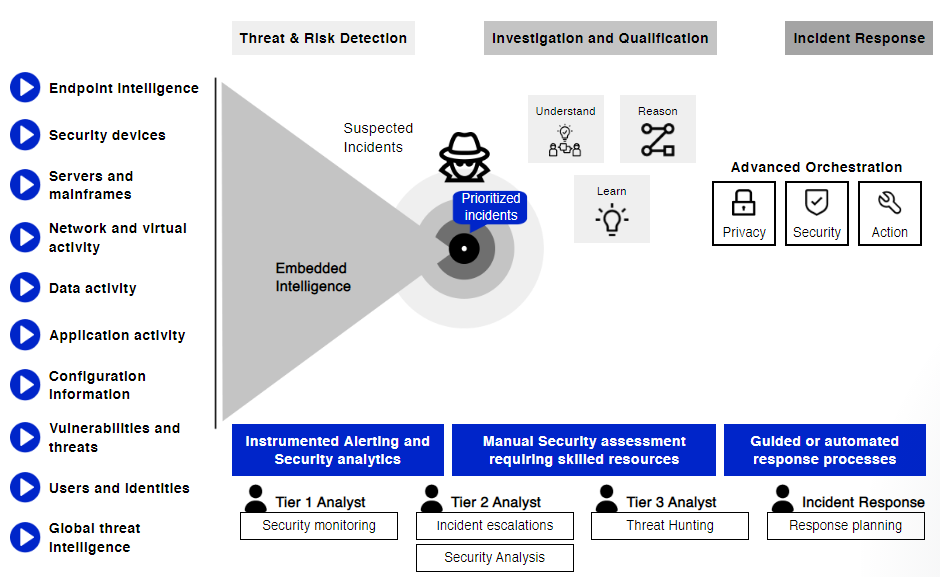
Why should you partner with CDWT for your DR and BCP needs?
Twelve or more years as one of the most trusted Managed AWS cloud services and Application Modernization providers in APAC, MEA, and the Americas.
As a committed AWS Partner, the world's leading Application-focused, high-end managed services provider with AIOps-driven AWS Managed Operations.
24/7 Support supported by more than 2,000 cloud-certified professionals (including Kubernetes and DevOps specialists) who are proficient with ITIL, ITSM, and CoBIT delivery processes, and 26 Centers of Excellence.
Zero Friction AWS Application Modernization Model with industry-leading Application Migration Factory methodology, 25000+ migrated Apps, and Databases.
4000+ business clients, including 60 of the Fortune 500 and 5 of the top 20 global banks
The successful implementation of Public, Private, Hybrid, Multi, and Community AWS Cloud systems in 26 countries globally.
99.95% application availability, hyper-scalability, industry-leading uptime, and 50,000+ transactions per hour without failure.
Proven knowledge administering over 10,000 SAP instances and over 2,300 TB of HANA Database on AWS Cloud.
Proven knowledge with IBM, Oracle, OpenText, and Infosys, as well as cloud-native enterprise application management, including SaaS, PaaS, and IaaS transition on AWS Cloud.
Host and deploy apps in the Amazon Web Services (AWS) region of your choosing to ensure high availability and minimal downtime.
Proven knowledge in end-to-end Application Modernization with a focus on development, engineering, maintenance, administration, and security monitoring.
Dedicated DR options on AWS for diverse, complex application environments, including automated recovery-backup, failback-failover techniques.
Expertise in Dedicated Application Managed Security Services on AWS, 40+ Security Controls, and Dedicated SOCs.
CDWT's automation solutions, including Self-healing Operations, Automation Delivery platforms, and RPA solutions, include Self-healing Operations.
Expertise with hundreds of AWS cloud-native apps and technologies, best handled in accordance with customised business processes
Cost-effective Pay-per-use model under single SLA
1 Billion+ Hours of Managed Fail-safe Application Hosting managing 40,000+ VMs
Strict compliance with regulatory and country-specific data residency requirements
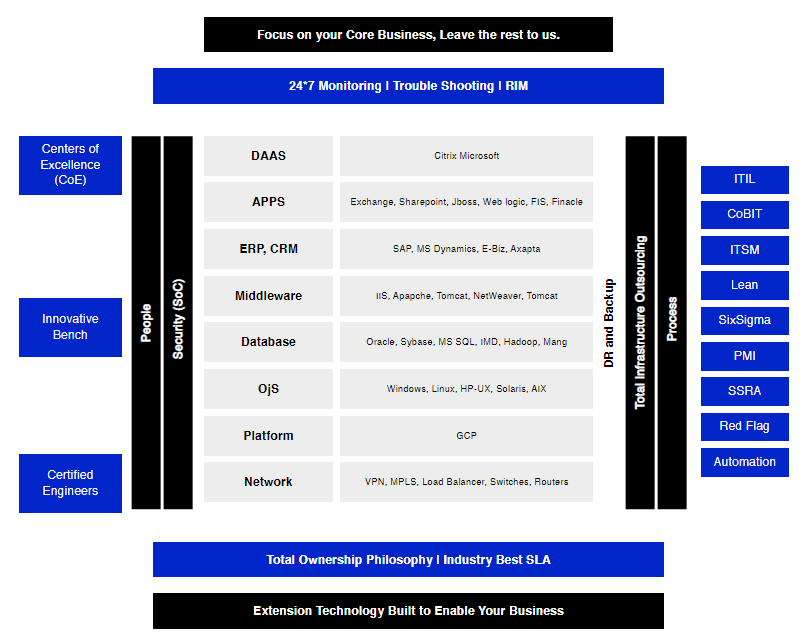
DR on Cloud – OS & Databases Supported
The CDWT DR concept is intended to provide tailored solutions for each organisation. The solutions are compatible with several operating systems, including the majority of current Linux and Windows versions. We provide cutting-edge options for databases that demand massive VMs and are license-bound to physical systems.












































Disaster Recovery As A Service (DRaaS) – FAQ’s
BaaS simply returns the essential data necessary for the company to recover. The organisation experiencing downtime must build new records, user configurations, etc. As a result of the staff's reduced ability and restricted resources, production declines.
In a few minutes, DRaaS recovers all servers, apps, user settings, and data. There is no influence on productivity or profitability as a result of the company's ability to operate at the same rate as before the interruption.
The availability of this facility shows that the business will be able to effortlessly continue operations as it did at its previous location.
When the system fails, the company continues operations with little data loss.
DRaaS enables organisations to recover access and functioning to their IT infrastructure after a catastrophe.
Businesses that choose for a fully managed DRaaS will get all hardware, software, and solutions from a service provider. It is an efficient solution that eliminates downtimes and significant data loss.
Natural catastrophes such as hurricanes, floods, wildfires, and earthquakes are a common occurrence.
Equipment failures and power outages
Cyberattacks
It is a convincing option to minimise downtimes and the loss of vital data, and it requires just a fraction of the company's budget.
Hot Disaster Recovery - Hot DR is appropriate for Mission-Critical applications, such as essential financial and banking systems, and is an imperative need. This necessitates a rapid Recovery Point Objective (RPO) and Recovery Time Objective (RTO).
Warm Disaster Recovery - The concentration is on applications and infrastructure, and the RPO and RTO are somewhat greater. It may include non-essential banking software, DMS, MOSS, and print & file servers.
Cold Disaster Recovery - It requires more time to restore data compared to Hot and Warm DR. It has a greater RTO and RPO and is utilised for Non-Critical applications.
It entails backing up your systems and recovering them from a backup in the event of a catastrophe. We develop solutions that decrease your backup footprint by deduplicating data at every node, task, and location. As a consequence, backup and recovery are expedited. CDWT is renowned for its worldwide deduplication systems that do bare metal recoveries with efficiency.
In other words, RTO is concerned with the downtime of services, applications, and processes and helps define the resources to be devoted to business continuity, while RPO is concerned with the volume of data, since its main function is to set backup frequency.

